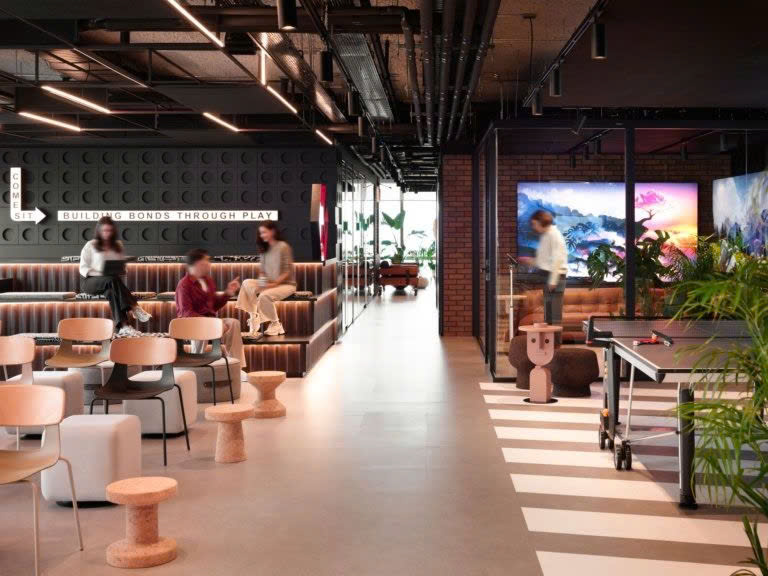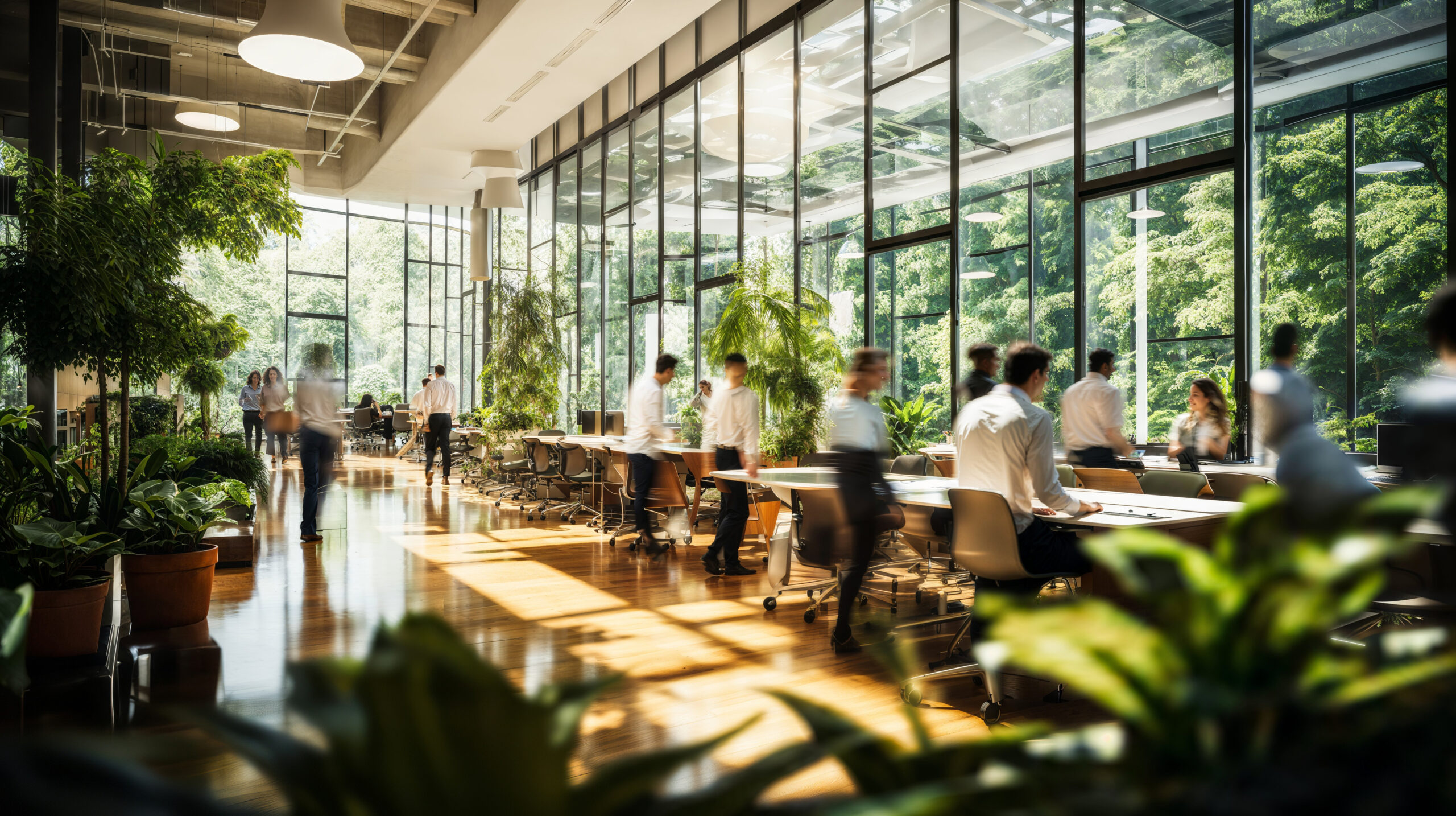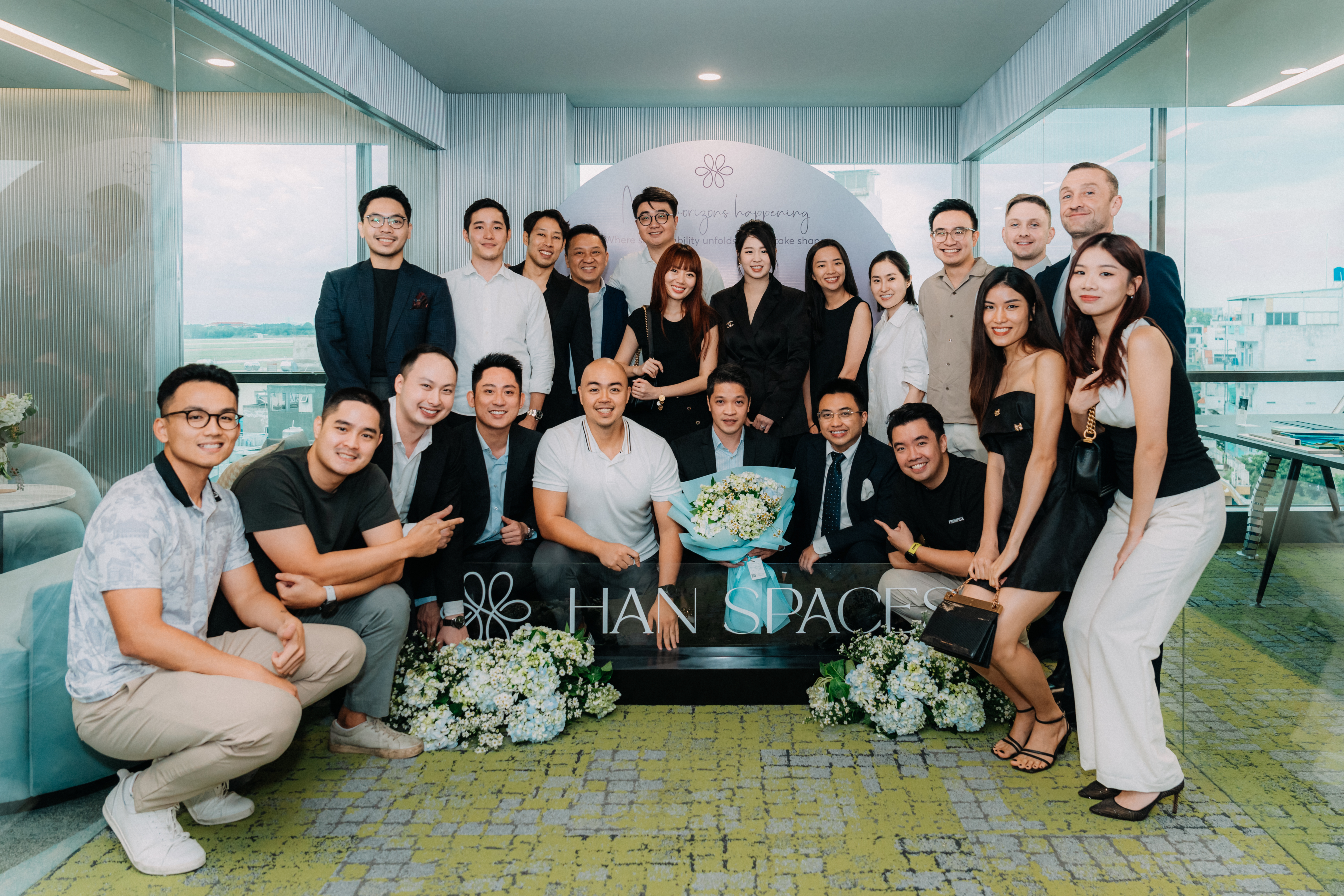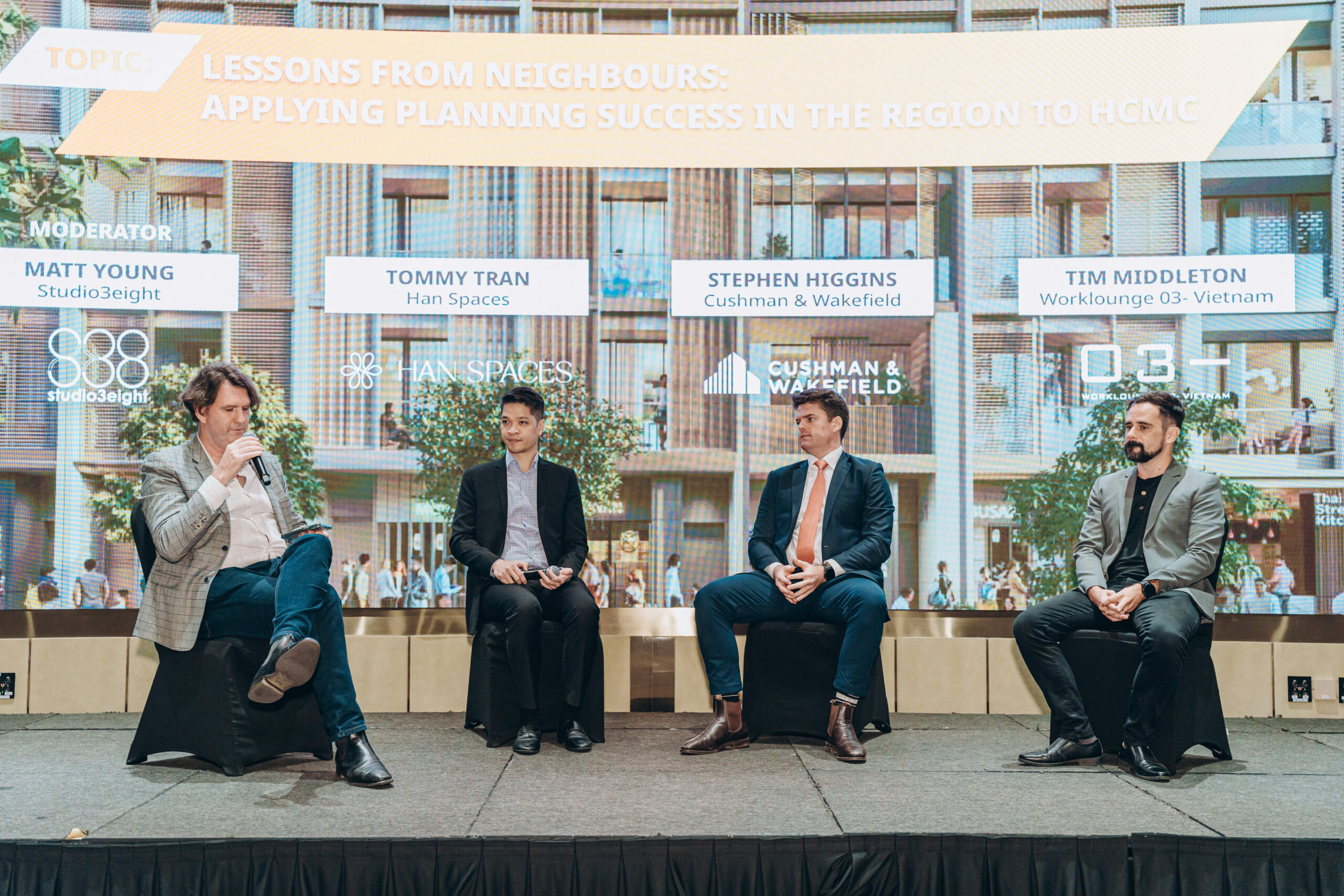Factors to consider when designing the work experience
Designing the work experience within the workplace goes beyond the mere arrangement of office layouts, furniture, or the selection of workplace supplies. In fact, it is a holistic approach that considers various elements to craft a positive, engaging, and productive environment for all employees. In this article, Han Spaces will outline the reasons why we should design the work experience before the workplace and key areas to focus on when designing the work experience. Read on to learn more.
Reasons why we should design the work experience prior to workplace design
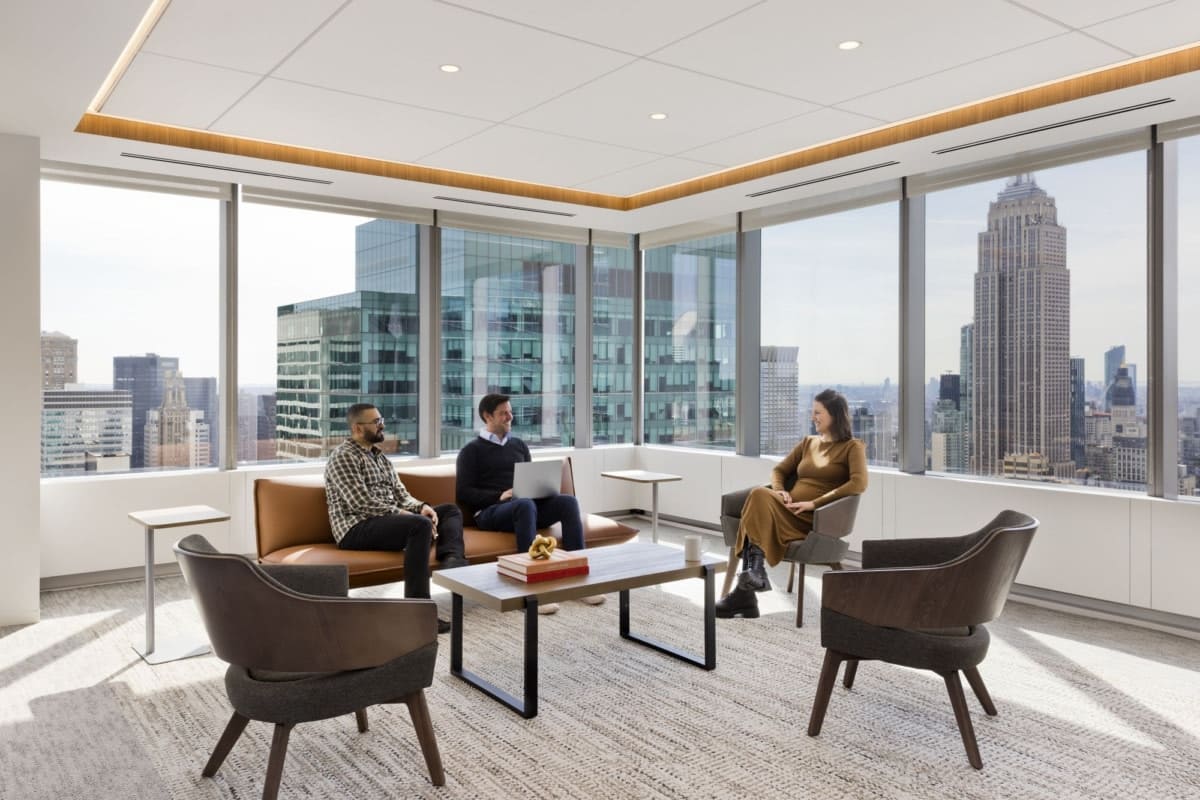
Why we should design the work experience before the workplace
Prioritizing the design of the work experience before the physical layout allows businesses to create an optimal office for their employees. This, in turn, promotes employee happiness and contributes to developing a more thriving organization. Here are compelling reasons why employers should ensure that designing the work experience takes precedence.
A human-centric approach
Commencing with the work experience ensures that the workplace will revolve around your employees’ needs, interests, and preferences. For example, when you build an office that prioritizes employees’ physical and mental well-being, it can contribute to a healthier and happier workforce. As a result, this helps reduce absenteeism rate, enhance job satisfaction, and boost overall productivity.
Strong organizational culture
It is no exaggeration to say that the corporate culture somewhat influences the workplace design. To illustrate, if your company culture values collaboration, consider incorporating open-place office spaces, comfortable seating areas, and extra space for team meetings. Similarly, if your business is known for creativity and innovation, opt for bright colors, artwork, playful elements, etc. By designing a workplace that fully reflects your core values and culture, you can nurture a sense of community and belonging among employees.
Heightened employee engagement and retention
Research findings reveal that there is a correlation between satisfaction with the physical office and employee engagement. Employees are more inclined to be engaged and satisfied with their workplace if they perceive that their needs are addressed in the workplace design. Consequently, this positively impacts productivity, creativity, and innovation as well as mitigates the risk of employee turnover.
Enhanced flexibility and adaptability
The future of the workplace is inherently dynamic. By prioritizing the design of the work experience, you can create a workplace that can adapt and change as your business and workforce expand. This adaptability is critical in today’s rapidly changing business landscape.
Key factors to consider when designing the work experience before the workplace
The following are key aspects when businesses embark on the design of the work experience for employees.
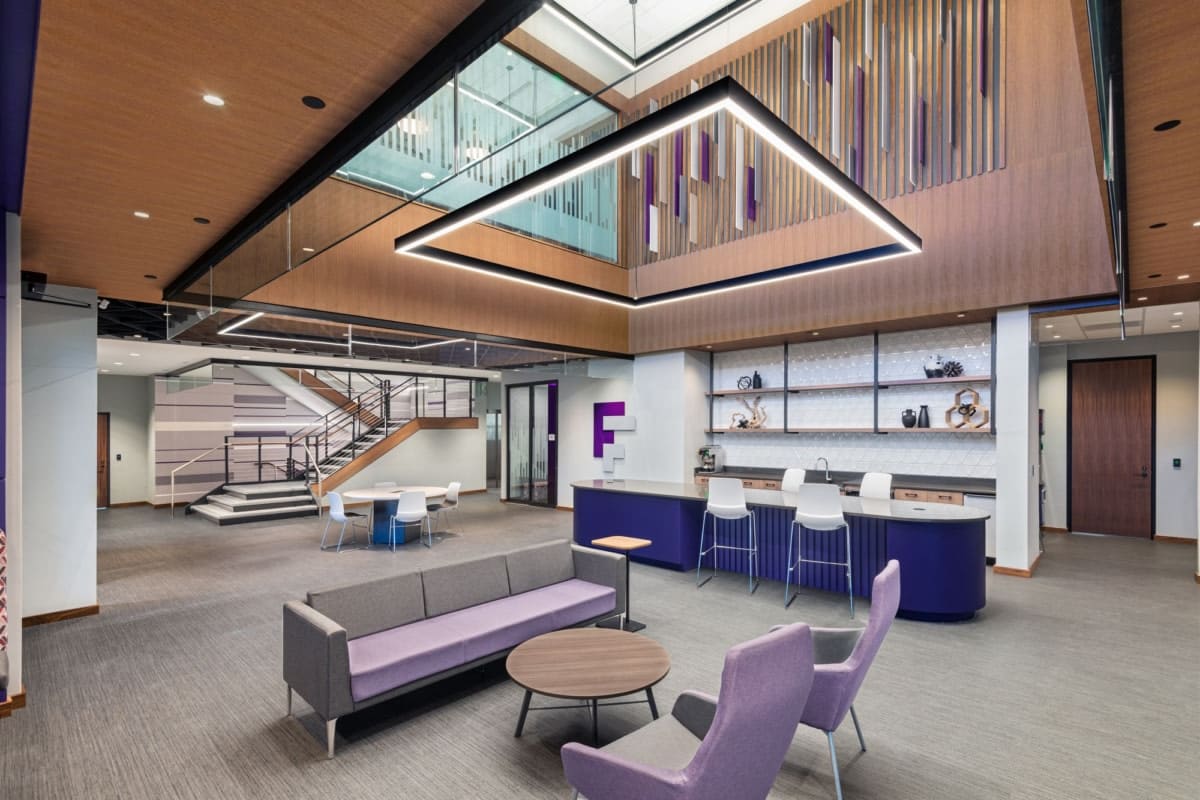
Key factors to consider when designing the work experience
Employee needs and preferences
- Work style: This is one of the most important factors and varies from one employee to another. To craft the work experience, first and foremost, you should consider different work styles within your company. Some may favor quiet individual workspaces, while others prefer collaborative environments. This diversity can lead to many design layout options, such as quiet zones, collaborative zones, or informal areas for relaxation or casual interactions.
- Well-being: A paramount concern in workplace design is ensuring the physical and mental well-being of employees. To achieve this, the workplace needs to maximize exposure to natural light, incorporate ergonomic furniture, and provide nutritious food options for employees. Furthermore, the work environment should cater to the technological needs of your employees, guaranteeing easy and convenient access to necessary tools and resources for optimal productivity.
Business goals and objectives
- Corporate culture: Undeniably, corporate culture plays a pivotal role in shaping the employee experience. Designing the work experience helps reflect and embody your company’s culture and values. To exemplify, Google is renowned for its emphasis on creativity and innovation, and these values are fully manifested through its office with bright colors and whimsical decorations. The company creates an environment that fosters creativity and innovation with open communication, collaboration spaces, etc.
- Productivity and efficiency: Design the work experience to promote productivity and efficiency by choosing the proper layout, providing adequate spaces, tools, and resources, or finding ways to reduce noise and minimize distraction. A well-planned office design can help improve workplace productivity and efficiency as well as increase job satisfaction for employees.
Physical space
- Layout and design: It is important to design a workplace layout that accommodates different types of work, as mentioned above, and creates a sense of flow. For example, you can include architectural elements such as open doorways and large windows to provide glimpses into adjoining spaces, facilitating natural transitions. Attention should also be given to the arrangement of accessories and furniture so they do not hinder the flow or create obstacles.
- Furniture: When crafting employee experience, selecting furniture is vital. One of the emerging trends in office interior design is the use of ergonomic furniture. Businesses come to realize the importance of providing comfortable and supportive workstations for their employees. Using ergonomic chairs and desks helps reduce the risk of injuries and enhance overall work performance.
- Sustainability: Integrating sustainability into the work experience design is crucial. Businesses should design their work environment with sustainability in mind by implementing energy-efficient materials and practices. It is essential to know that a sustainable workplace benefits both the environment and the organization by creating a healthier and more productive workplace while reducing its environmental footprint.
Designing the work experience with Han Spaces
Designing the work experience before the workplace lays the groundwork for creating an effective and thriving working environment. This approach not only helps employers provide an environment tailored to employees’ needs and preferences but also fosters a strong organizational culture, increases employee engagement and retention, and increases flexibility and adaptability.
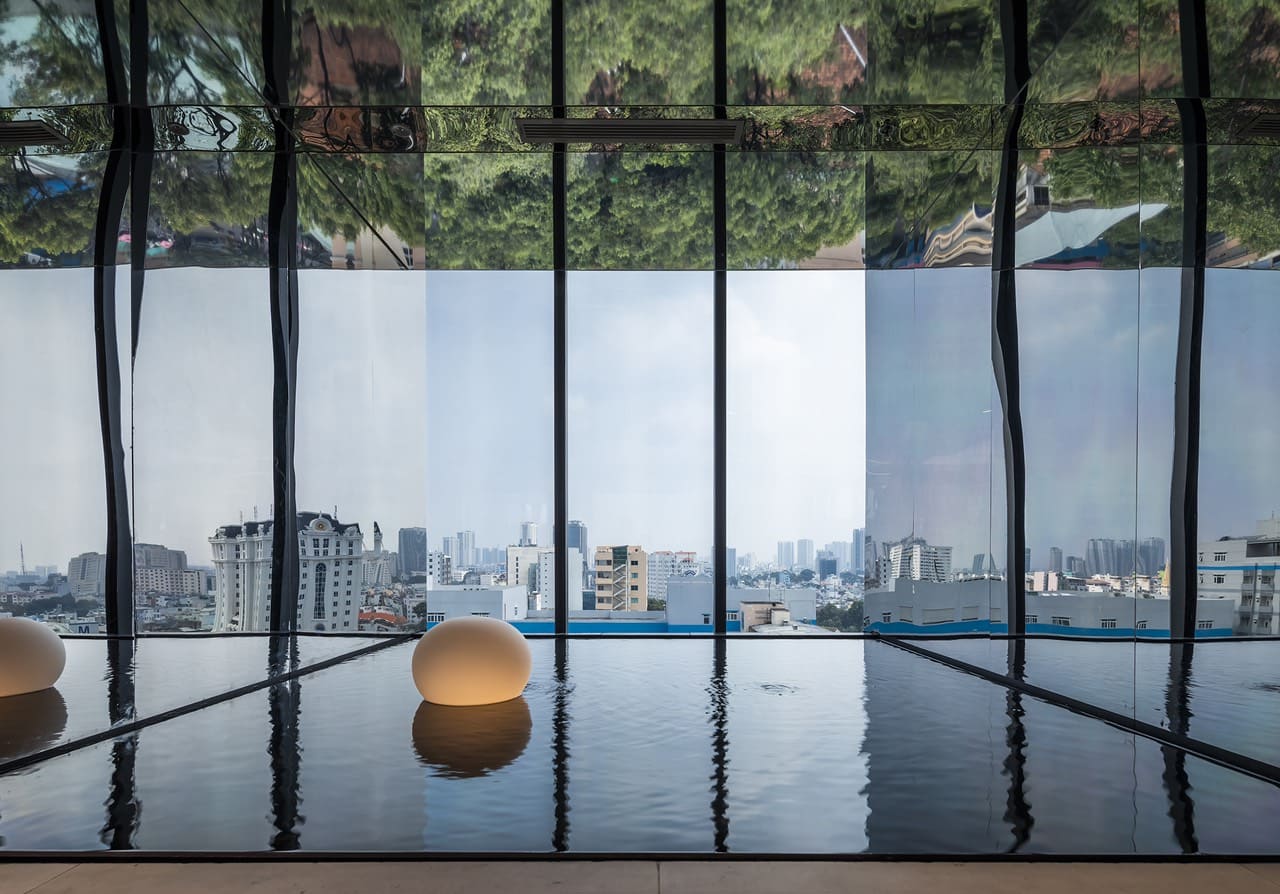
Designing the work experience with Han Spaces
At Han Spaces, we possess the expertise to craft employee experiences based on specific business circumstances. To achieve this, we constantly collect feedback and make adjustments based on employee needs and data to create exceptional work experience. To learn more about how we can assist, don’t hesitate to contact our dedicated consultation team today.
